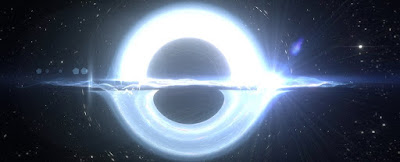 |
| (Just_Super/iStock) |
Topics: Black Holes, Cosmology, Dark Energy, Einstein, General Relativity, Gravity
A fifty-year-old hypothesis predicting the existence of bodies dubbed Generic Objects of Dark Energy (GEODEs) is getting a second look in light of a proposed correction to assumptions we use to model the way our Universe expands.
If this new version of a classic cosmological model is correct, some black holes could hide cores of pure dark energy, pushing our Universe apart at the seams.
University of Hawaii astrophysicist Kevin Croker and mathematician Joel Weiner teamed up to challenge the broadly accepted notion that when it comes to the Universe's growing waistline, its contents are largely irrelevant.
"For 80 years, we've generally operated under the assumption that the Universe, in broad strokes, was not affected by the particular details of any small region," said Croker.
"It is now clear that general relativity can observably connect collapsed stars – regions the size of Honolulu – to the behavior of the Universe as a whole, over a thousand billion billion times larger."
Not only could this alternative interpretation of fundamental physics change how we understand the Universe's expansion, but we might need to also consider how that growth might affect compact objects like the cores of collapsing stars.
Black Holes May Hide Cores of Pure Dark Energy That Keep The Universe Expanding
Mike McCrae, Science Alert